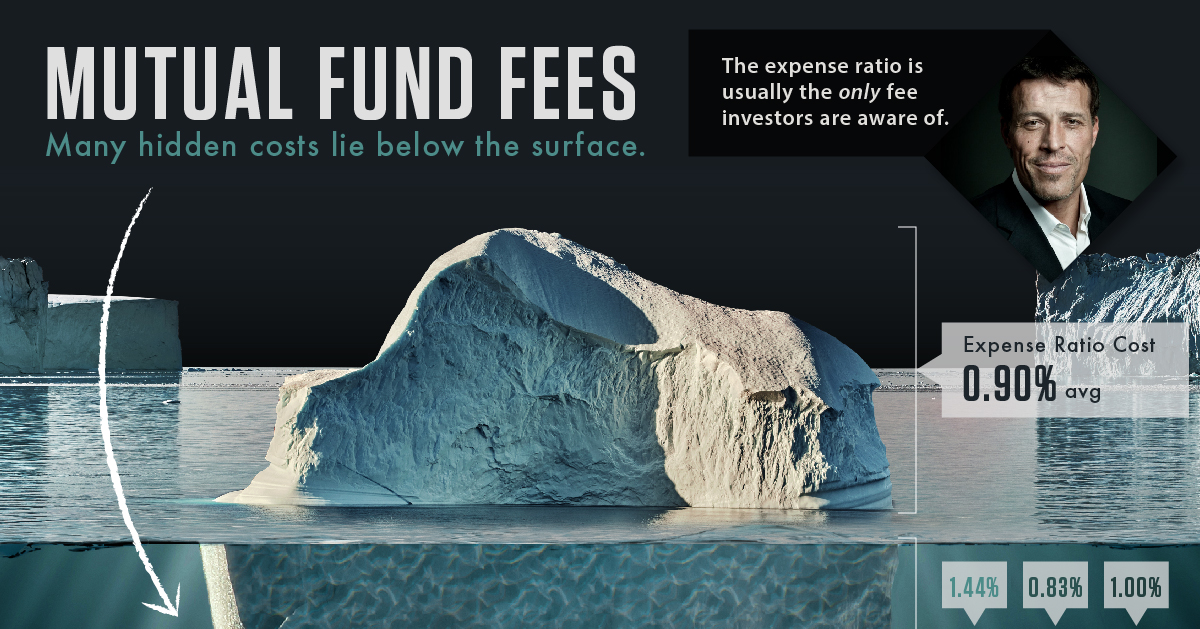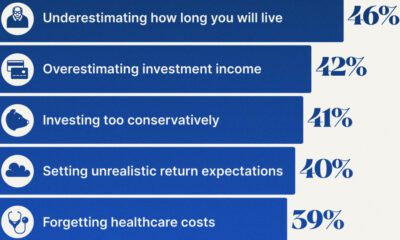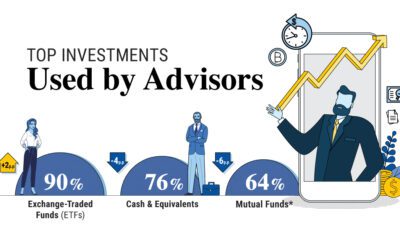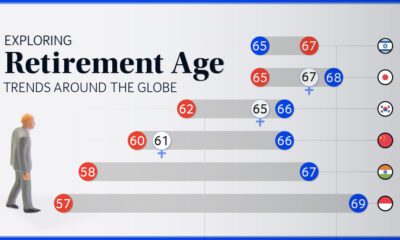Markets
How Wall Street Fools You Into Overpaying for Underperformance
.container {
max-width: 1070px;
}
.button {
display: inline-block;
height: 45px;
color: #ffffff;
text-align: center;
font-family: helvetica;
letter-spacing: .01rem;
text-decoration: none;
white-space: nowrap;
border-radius: 0px;
line-height: 45px;
border: 1px;
font-size: em(13);
cursor: pointer;
box-sizing: border-box;
background: #1A3838;
transition-duration: 0.4s;
margin-bottom: 1px;
width: 16.6666%;
}
.button-group {
position: left;
width: 100%;
display: inline-block;
list-style: none;
padding: 0;
margin: 0;
/* IE hacks */
zoom: 1;
*display: inline;
}
.button-group li {
float: left;
padding: 0;
margin: 0;
}
.button-group .button {
display: inline-block;
box-sizing: border-box;
color: white;
}
.button-group > .button:not(:first-child):not(:last-child), .button-group li:not(:first-child):not(:last-child) .button {
border-radius: 0;
}
.button-group > .button:first-child, .button-group li:first-child .button {
margin-left: 0;
border-top-right-radius: 0;
border-bottom-right-radius: 0;
}
.button-group > .button:last-child, .button-group li:last-child > .button {
border-top-left-radius: 0;
border-bottom-left-radius: 0;
border-bottom-right-radius: 0;
}
.button:hover {
background-color: #8E8059;
}
.button.active {
background-color: #8E8059;
}
.button-group :not(:last-child) {
border-right: 1px solid white;
padding-right: 2px;
}
.button-group {
border-right: none;
margin-right: none;
}
@media (max-width: 600px) {
.button {
font-size: 13px;}
}

How Wall Street Fools You to Overpay for Underperformance
Why do most people invest their hard-earned money?
Ultimately what most people really want is freedom – the freedom to do more of what they want, whenever they want, and with whomever they want.
Sadly, many people never achieve this long-desired freedom for themselves or their families. That’s because there is a silent investment killer that picks away at many investors’ portfolios, and it’s all part of Wall Street’s plan to line their pockets.
Becoming Unshakeable
Today’s infographic is from Tony Robbins, and it uses data and talking points from his #1 Best Selling book Unshakeable: Your Financial Freedom Playbook, which is now available on paperback.
Specifically, the infographic dives deep into the rabbit hole of fees associated with the investing products sold to most people saving for retirement, while also showing that these same Wall Street products often can’t beat the performance of the market.
The Silent Portfolio Killer
Take a look at your investing statement, and it’s likely that your portfolio is in fact growing. Unfortunately, most people leave it at that, and they don’t question any further.
But the stats are revealing:
- 71% of Americans believe they pay no fees at all to have a 401(k) plan
- 92% of Americans admit they have no idea how much they are paying
In other words, they are blindly trusting the financial industry to look out for their best interests.
Meanwhile, the grim reality is that mutual funds, which are used in many 401(k) plans, have visible and hidden costs that can impact portfolio performance.
| Fee | Description | Cost (Avg.) |
|---|---|---|
| Expense ratio | This covers marketing and distribution costs, as well as management fees. | 0.90% |
| Transaction costs | Includes brokerage commissions, market impact cost, and spread cost. | 1.44% |
| Cash drag | Paying 100% of fund's expense ratio, even though fund isn't fully invested. | 0.83% |
| Taxes | Mutual fund gains are taxed - this doesn't apply to tax-free plans like 401(k)s | 1.00% |
| Advisory fees | For fee-based financial advisors, these fees often range from 0.25% - 2.50%. | n/a |
| Soft dollar cost | A hard cost to estimate, this a quid pro quo between funds and brokerage companies. | n/a |
Source: Forbes
According to Forbes, the average total of all of these costs is 4.17% – though of course, costs usually vary widely from fund to fund.
When you calculate the impact of excessive costs multiplied over many years, it takes your breath away.
– Tony Robbins
Not All Fees are Bad
It is important to note that not all fees are bad. Working with the right financial advisor can help you make better decisions, and this expertise can be used to save you money in the long run.
A recent Vanguard study helps quantify the value a good advisor can bring:
- Rebalancing portfolio – 0.35%
- Lowering expense ratios – 0.45%
- Asset allocation – 0.75%
- Withdrawing the right investments for retirement – 0.70%
- Behavioral coaching – 1.50%
In aggregate, the right financial advisor can create 3.75% in value – that’s 3X more than a sophisticated advisor might charge, and doesn’t even include the added benefits of reducing taxes, estate planning, and other areas.
A Difference Maker
One percent here, two percent there – it’s barely anything in the long run, right?
It turns out, however, that the power of compound interest is so great, that even 2% can be the difference between financial freedom and financial ruin.
Put $1 in the stock market for 50 years at a 7% rate of return, and you’ll end up with nearly $30. Get charged a 2% fee to bring your returns to 5%, and your fortune is one-third the size!
You put up 100% of the capital, you took 100% of the risk, and you got 33% of the return!
– Jack Bogle
Chasing Market Beating Returns
Investors often buy top performing mutual funds or try to time the market, because ultimately they are hoping to beat the market to achieve financial freedom.
However, it’s not clear that either of these strategies work.
Buying “Top-Performing” Funds
Industry expert Robert Arnott studied all 203 actively managed mutual funds with at least $100 million in assets, tracking their returns for the 15 years from 1984 through 1998.
And you know what he found?
Only 8 of these 203 funds actually beat the S&P 500 index. That’s less than 4%!
Trying to Time the Market
Researchers Richard Bauer and Julie Dahlquist examined more than a million market-timing sequences from 1926 to 1999. Their conclusion: just holding the market outperformed more than 80% of market-timing strategies
The Moral of the Story
Wall Street tries to fool you into overpaying for underperformance.
Overpaying: Fees and taxes can be silent portfolio killers. Even 1% or 2% makes a big difference over time.
Underperformance: Only a small percentage of funds beat the market over time, and much of this can be attributed to randomness.
Only being in the market, while minimizing costs, can empower you to getting the real financial freedom you deserve.
Markets
The European Stock Market: Attractive Valuations Offer Opportunities
On average, the European stock market has valuations that are nearly 50% lower than U.S. valuations. But how can you access the market?

European Stock Market: Attractive Valuations Offer Opportunities
Europe is known for some established brands, from L’Oréal to Louis Vuitton. However, the European stock market offers additional opportunities that may be lesser known.
The above infographic, sponsored by STOXX, outlines why investors may want to consider European stocks.
Attractive Valuations
Compared to most North American and Asian markets, European stocks offer lower or comparable valuations.
| Index | Price-to-Earnings Ratio | Price-to-Book Ratio |
|---|---|---|
| EURO STOXX 50 | 14.9 | 2.2 |
| STOXX Europe 600 | 14.4 | 2 |
| U.S. | 25.9 | 4.7 |
| Canada | 16.1 | 1.8 |
| Japan | 15.4 | 1.6 |
| Asia Pacific ex. China | 17.1 | 1.8 |
Data as of February 29, 2024. See graphic for full index names. Ratios based on trailing 12 month financials. The price to earnings ratio excludes companies with negative earnings.
On average, European valuations are nearly 50% lower than U.S. valuations, potentially offering an affordable entry point for investors.
Research also shows that lower price ratios have historically led to higher long-term returns.
Market Movements Not Closely Connected
Over the last decade, the European stock market had low-to-moderate correlation with North American and Asian equities.
The below chart shows correlations from February 2014 to February 2024. A value closer to zero indicates low correlation, while a value of one would indicate that two regions are moving in perfect unison.
| EURO STOXX 50 | STOXX EUROPE 600 | U.S. | Canada | Japan | Asia Pacific ex. China |
|
|---|---|---|---|---|---|---|
| EURO STOXX 50 | 1.00 | 0.97 | 0.55 | 0.67 | 0.24 | 0.43 |
| STOXX EUROPE 600 | 1.00 | 0.56 | 0.71 | 0.28 | 0.48 | |
| U.S. | 1.00 | 0.73 | 0.12 | 0.25 | ||
| Canada | 1.00 | 0.22 | 0.40 | |||
| Japan | 1.00 | 0.88 | ||||
| Asia Pacific ex. China | 1.00 |
Data is based on daily USD returns.
European equities had relatively independent market movements from North American and Asian markets. One contributing factor could be the differing sector weights in each market. For instance, technology makes up a quarter of the U.S. market, but health care and industrials dominate the broader European market.
Ultimately, European equities can enhance portfolio diversification and have the potential to mitigate risk for investors.
Tracking the Market
For investors interested in European equities, STOXX offers a variety of flagship indices:
| Index | Description | Market Cap |
|---|---|---|
| STOXX Europe 600 | Pan-regional, broad market | €10.5T |
| STOXX Developed Europe | Pan-regional, broad-market | €9.9T |
| STOXX Europe 600 ESG-X | Pan-regional, broad market, sustainability focus | €9.7T |
| STOXX Europe 50 | Pan-regional, blue-chip | €5.1T |
| EURO STOXX 50 | Eurozone, blue-chip | €3.5T |
Data is as of February 29, 2024. Market cap is free float, which represents the shares that are readily available for public trading on stock exchanges.
The EURO STOXX 50 tracks the Eurozone’s biggest and most traded companies. It also underlies one of the world’s largest ranges of ETFs and mutual funds. As of November 2023, there were €27.3 billion in ETFs and €23.5B in mutual fund assets under management tracking the index.
“For the past 25 years, the EURO STOXX 50 has served as an accurate, reliable and tradable representation of the Eurozone equity market.”
— Axel Lomholt, General Manager at STOXX
Partnering with STOXX to Track the European Stock Market
Are you interested in European equities? STOXX can be a valuable partner:
- Comprehensive, liquid and investable ecosystem
- European heritage, global reach
- Highly sophisticated customization capabilities
- Open architecture approach to using data
- Close partnerships with clients
- Part of ISS STOXX and Deutsche Börse Group
With a full suite of indices, STOXX can help you benchmark against the European stock market.

Learn how STOXX’s European indices offer liquid and effective market access.

-

 Economy4 days ago
Economy4 days agoEconomic Growth Forecasts for G7 and BRICS Countries in 2024
The IMF has released its economic growth forecasts for 2024. How do the G7 and BRICS countries compare?
-

 Markets2 weeks ago
Markets2 weeks agoU.S. Debt Interest Payments Reach $1 Trillion
U.S. debt interest payments have surged past the $1 trillion dollar mark, amid high interest rates and an ever-expanding debt burden.
-

 United States2 weeks ago
United States2 weeks agoRanked: The Largest U.S. Corporations by Number of Employees
We visualized the top U.S. companies by employees, revealing the massive scale of retailers like Walmart, Target, and Home Depot.
-

 Markets2 weeks ago
Markets2 weeks agoThe Top 10 States by Real GDP Growth in 2023
This graphic shows the states with the highest real GDP growth rate in 2023, largely propelled by the oil and gas boom.
-

 Markets3 weeks ago
Markets3 weeks agoRanked: The World’s Top Flight Routes, by Revenue
In this graphic, we show the highest earning flight routes globally as air travel continued to rebound in 2023.
-

 Markets3 weeks ago
Markets3 weeks agoRanked: The Most Valuable Housing Markets in America
The U.S. residential real estate market is worth a staggering $47.5 trillion. Here are the most valuable housing markets in the country.
-

 Lithium6 days ago
Lithium6 days agoRanked: The Top 10 EV Battery Manufacturers in 2023
-

 Green2 weeks ago
Green2 weeks agoTop Countries By Forest Growth Since 2001
-

 United States2 weeks ago
United States2 weeks agoRanked: The Largest U.S. Corporations by Number of Employees
-

 Maps2 weeks ago
Maps2 weeks agoThe Largest Earthquakes in the New York Area (1970-2024)
-

 Green2 weeks ago
Green2 weeks agoRanked: The Countries With the Most Air Pollution in 2023
-

 Green2 weeks ago
Green2 weeks agoRanking the Top 15 Countries by Carbon Tax Revenue
-

 Markets2 weeks ago
Markets2 weeks agoU.S. Debt Interest Payments Reach $1 Trillion
-

 Mining2 weeks ago
Mining2 weeks agoGold vs. S&P 500: Which Has Grown More Over Five Years?
















